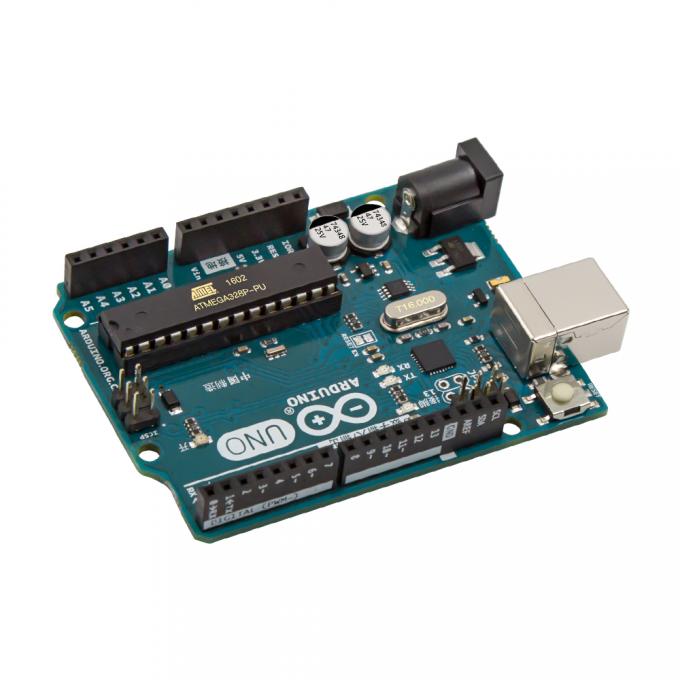
- #Arduino chinese mega 2560 driver for mac serial
- #Arduino chinese mega 2560 driver for mac drivers
- #Arduino chinese mega 2560 driver for mac software
- #Arduino chinese mega 2560 driver for mac mac
It was estimated in mid-2011 that over 300,000 official Arduinos had been commercially produced, and in 2013 that 700,000 official boards were in users' hands. įollowing the completion of the platform, lighter and less expensive versions were distributed in the open-source community. The initial Arduino core team consisted of Massimo Banzi, David Cuartielles, Tom Igoe, Gianluca Martino, and David Mellis. The new project, forked from Wiring, was called Arduino. In 2005, Massimo Banzi, with David Mellis, another IDII student, and David Cuartielles, extended Wiring by adding support for the cheaper ATmega8 microcontroller. The Wiring platform consisted of a printed circuit board (PCB) with an ATmega168 microcontroller, an IDE based on Processing and library functions to easily program the microcontroller. The project goal was to create simple, low cost tools for creating digital projects by non-engineers. Casey Reas is known for co-creating, with Ben Fry, the Processing development platform. In 2003 Hernando Barragán created the development platform Wiring as a Master's thesis project at IDII, under the supervision of Massimo Banzi and Casey Reas. At that time, the students used a BASIC Stamp microcontroller at a cost of $50. The Arduino project was started at the Interaction Design Institute Ivrea (IDII) in Ivrea, Italy. The bar was named after Arduin of Ivrea, who was the margrave of the March of Ivrea and King of Italy from 1002 to 1014. The name Arduino comes from a bar in Ivrea, Italy, where some of the founders of the project used to meet. Common examples of such devices intended for beginner hobbyists include simple robots, thermostats and motion detectors. The Arduino project began in 2005 as a tool for students at the Interaction Design Institute Ivrea, Italy, aiming to provide a low-cost and easy way for novices and professionals to create devices that interact with their environment using sensors and actuators. In addition to using traditional compiler toolchains, the Arduino project provides an integrated development environment (IDE) and a command line tool developed in Go. The microcontrollers can be programmed using the C and C++ programming languages, using a standard API which is also known as the "Arduino language".
#Arduino chinese mega 2560 driver for mac serial
The boards feature serial communications interfaces, including Universal Serial Bus (USB) on some models, which are also used for loading programs. The boards are equipped with sets of digital and analog input/output (I/O) pins that may be interfaced to various expansion boards ('shields') or breadboards (for prototyping) and other circuits. Arduino boards are available commercially from the official website or through authorized distributors.Īrduino board designs use a variety of microprocessors and controllers.
#Arduino chinese mega 2560 driver for mac software
Its hardware products are licensed under a CC-BY-SA license, while software is licensed under the GNU Lesser General Public License (LGPL) or the GNU General Public License (GPL), permitting the manufacture of Arduino boards and software distribution by anyone. So now I can get on with making use of these cheap Chinese Arduino Nano.Arduino ( / ɑː r ˈ d w iː n oʊ/) is an open-source hardware and software company, project, and user community that designs and manufactures single-board microcontrollers and microcontroller kits for building digital devices. My own device shows up as tty.wchusbserial410

When plugging the Nano in to the Mac's USB port you can check if the driver has loaded by opening up a terminal and entering the command

#Arduino chinese mega 2560 driver for mac mac
But thanks to (above) the file he links to downloads very quickly and installs okay in OS X Mavericks.īe sure to reboot the Mac after installing the drivers.
#Arduino chinese mega 2560 driver for mac drivers
The Chinese website is very slow and the download of the WCH drivers failed. And sure enough, it does not.Įtched on the chip are the details WCH CH340G 2026850406 - so I searched Google for "CH340G" and located this thread at the top of the search. It was another thread that gave me the clue - perhaps the Nano doesn't use an FTDI chip at all. I must have installed the FTDI drivers dozens of times, but the Arduino Nano would not be seen by my system, a Macbook Air with OS X Mavericks 10.9.5.

All of the symptoms described by other posters in this thread I experienced. I received from an EBay seller a small batch of Arduino Nano ATMega328 boards and ran into this problem immediately. :astonished: :stuck_out_tongue: But its all fixed now. Well that was a very interesting few days! :stuck_out_tongue_closed_eyes: For a little while I thought that I was going quietly insane.


 0 kommentar(er)
0 kommentar(er)
